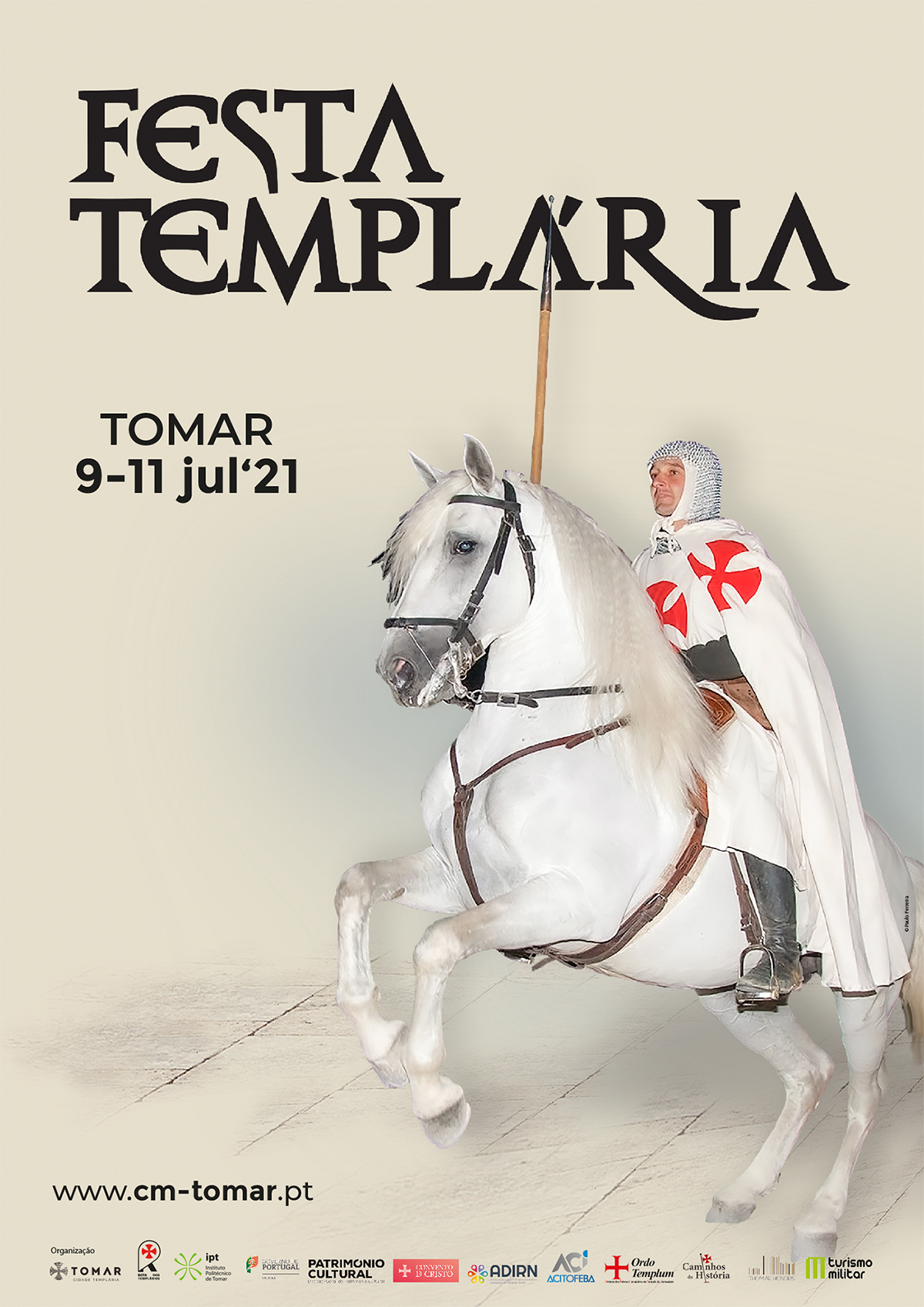School of Medieval Arts - Performing Arts
Recreation of Historical Characters / Theatre
The presence of Historic Characters in the streets during an event of these characteristics, takes the audience attending to feel completely surrounded by a medieval atmosphere. History is made by people and by striking figures; So, rather than have the streets adorned with medieval aspect, it is desired that the spaces where everything stems are experienced / inhabited by these characters, that will give veracity to the event.
Main objectives to achieve:
- Be able to trace the physical and psychological profile of Medieval Characters to address;
- Enable for the Construction of Character Guides;
- Explore and improvise Characters;
- Focus issues such as wardrobe, accessories, props and characterization of Character addressed;
- Consolidate the characters in all their complexity.
Medieval Dances
It is intended to alert participants to the importance of the medieval dances as social practice of great importance, both for its agglutinating capacity or the element of social fellowship. For its aesthetic differences and differences in implementation, are an accurate portrayal of social stratification and the time everyday habits: those of the extremely quick and agile people, the nobility slow and majestic. The Dances are fundamental for a successful historical recreation.
Main objectives to achieve:
- In depth historical knowledge about the contexts in which they were asked the Medieval Dances (Court of environments, from medieval fair environment, people's parties, etc ...);
- Identification of wheel dances as the most practiced at the time;
- Technical Study of the dances of the Nobility and People (dance moves to use in each one);
- Understand the differences between them as regards the implementation of rhythms, the physical postures of its stakeholders and the relationship between those who practice the dances (physical contact or lack of it).
Medieval Music
The song was part of the medieval times. Served to dance, to animate a dinner, or just to listen. It was essential in ceremonies, civil and military, and also to animate the Crusaders when they went to the Holy Land, or to receive them with joy when they returned; Of note are the Troubadours, extremely complete, recited, sang and played; entertained the nobility and the gatherings of people in public squares.
Main objectives to achieve:
- In depth historical knowledge about the contexts in which it was played the Medieval music (Cut environments, medieval fair environment, people's parties, etc ...);
- Recognize the major differences between the oriented music for the people and the music will aimed Court: differences in rhythms and sounds;
- Identify most of the sounds as monaural (one voice) and can be played by one or two instruments or a large group of musicians;
- Recognize the main musical instruments used in medieval times.
Historical Fencing
It was precisely in the middle ages that the fencing suffered one of the biggest developments in the historical course; The adoption of various forms of swords and sabers allowed a huge leap in terms of fighting techniques. The Arms Room of Medieval Arts School want to practice and implement sporting methods of Historical Fencing and Martial Arts; Essentially, the intention is to draw attention to the extreme importance of this art in the general evolution of the people.
Main objectives to achieve:
- Historical Context of the medieval fencing - Tracing the evolutionary path over the centuries;
- Transmit correct contents and information about the historical martial arts;
- Research, practice, study and interpretation of historical martial arts;
- Better understand the historical social context of historical martial arts;
- Recognize and properly handle various accessories used in this art (swords, shields, banners, helmets and coats of mail);
- Learn and consolidate the basic positions of Medieval fencing, as well as the main ways to run training for soldiers.
Construction of props and medieval accessories - coat of mail / Torches / Flags
The coat of mail was in the middle ages a remarkable defensive play, and today continues to attract the attention of all the complexity of its construction but also for its robustness. The use of these accessories is key when it comes to making a historical recreation with temporal context; Their presence gives veracity and credibility to these events, mainly if the production is manual.
Main objectives to achieve:
- Historical Context of the medieval coat of mail: trace the evolution of coat of mail over the centuries;
- Understand what their primary function;
- Identify changes in the design according to the needs of hosts that used them; Evolution of construction of it (instruments and materials used);
- Identify the different existing mail for the construction of these articles;
- Understanding the effectiveness and limitations of mail while defense weapon: Effective against most cutting weapons but vulnerable to heavy weapons (crossbows, spears...);
- The mail today - used as a decorative object and demonstrative.


